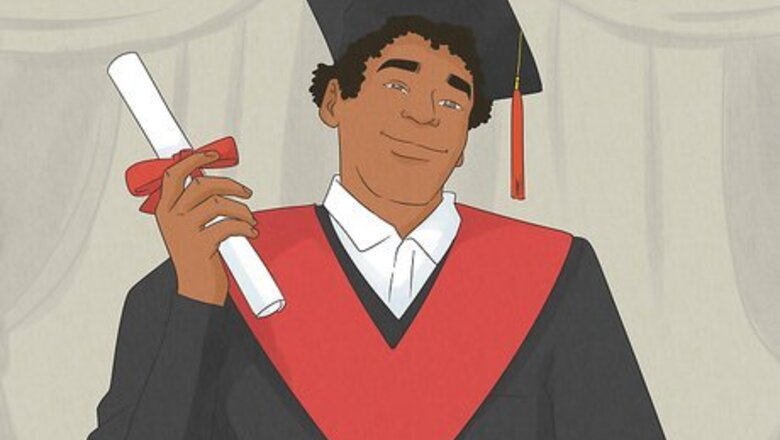
views
Earning the Right Credentials

Start preparing while you are in high school. Any kind of creative courses can help pave the way for your career as a creative director. Take art, art history, or photography course through your school, or seek out summer programs. Seminars in any kind of digital media can be particularly helpful for this career path. Simply getting good grades will also help you get into a good college.
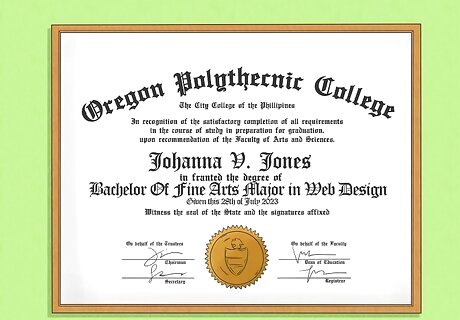
Earn a bachelor of arts in graphic design or animation. In order to work as a creative director, you will need to hold a bachelor’s degree. Look for a 4-year college program with courses on information design, web design, graphics, and/or animation. Consider a minor in communications, business, or both. This can help with analytic and interpersonal skills.

Learn as many digital skills as you can. The whole world is going digital, and this is certainly true for magazines, newspapers, and advertising. To work as a creative director, you will need to be well-versed in the creation of all sorts of digital media. Take classes in college, enroll in training programs online, or practice completely on your own. Some things to study include: Coding (HTML, PHP) Video creation and editing (Final Cut Pro, After Effects, Flash) Photo manipulation (Photoshop) Digital design (Illustrator, InDesign)
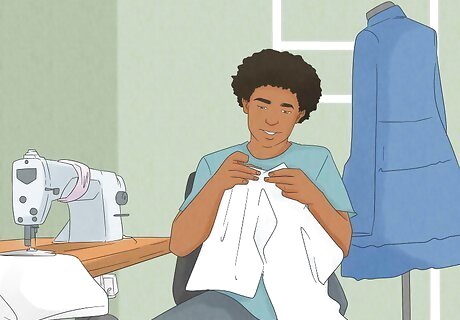
Expose yourself to fashion, art, and culture to bolster your creativity. While you are in school, take all sorts of creative classes (like fashion, drawing, or film studies), not just design. Read fashion magazines, watch films, and visit museums. Creativity is at the heart of being a creative director. You must have a good eye for what works, a unique vision, and great sense of visual style. Bolster these skills by critiquing everything you see, determining what you like and don’t like, and why.

Consider an advanced degree. Earning a Master’s degree is not required for work as a creative director, but returning to school can give you more opportunities to learn and grow in your creative practice. You might want to earn an MA or MFA in visual communications, information design, or fashion. Apply for graduate school between December and February, prior to the fall you wish to start. No amount of school is a replacement for work experience. You may want to spend some time working before you go back to school.
Gaining Employment in the Field

Get an internship. While you are still in college, or soon after you graduate, consider looking for work as an unpaid intern. If you have the financial means to take unpaid work for a while, an internship can provide valuable experience, and may even lead to a paying job. Ask your professors about internship possibilities. More internships are available to students than non-students, so begin looking for this kind of work while you are still in school. Visit the websites for companies you like and look for internship opportunities.

Look for work as a copywriter or designer. When you are close to earning your bachelor’s degree, begin looking for work. Scour job sites like Monster, Indeed, or Upwork. Look on Craigslist, or go directly to the websites for companies you are interested in. Ideally, you will find work in the media you’d like to work with (newspaper, magazine, web, etc.). However, any type of creative work, or even work in business, can be beneficial to you.
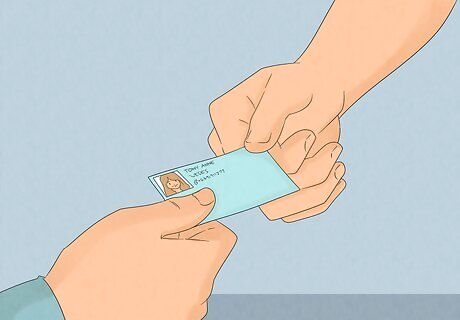
Network with people in your desired field. Seek out people who are successful in your field and follow their careers. Reach out to people you already know (such as professors or internship supervisors) and see if they have any connections to creative directors, or anyone in marketing or media. Connect with creative directors using online channels, like LinkedIn. When you do get the chance to speak with a creative director, be ready to introduce yourself and have a couple of key questions ready. Develop your personal elevator pitch, and figure out how to introduce yourself in just a minute or two. Take a creative director out to lunch or coffee to get advice about your career.
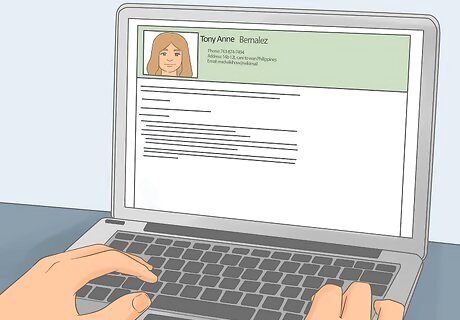
Put together your resume and portfolio. When you locate a job you’d like to apply for, carefully review the application guidelines. Create a resume that features your current contact information, relevant work experience, relevant skills, and education. Include info about any relevant awards or honors. If they ask for art/design examples, select the work that best represents the skills they desire. The most important thing is to follow the specific application guidelines to a T. For instance, if a job asks for 3 design examples, do not provide 5. If they want a resume, keep it to 1-2 pages. If they want a CV, it can be much longer. Tailor your resume and portfolio to meet the needs of the job. For instance, if it is a writing job, foreground your writing/editing experience and only mention design experience briefly.

Sharpen your interview skills. When you are asked to come in for an interview, begin practicing and preparing. If you’ve been asked for an interview, you already have a foot in the door. The interview is a conversation where you both determine whether or not you’d be a good fit. Spend some time researching, thinking, and preparing. Start by doing as much research as you can about the company. Make flashcards about key features of the company. They will want someone who already understands their mission, goals, and attitude. Your interviewer will always ask if you have any questions. Come up with a series of question you’d like to ask. This can include specifics about your workload, type of work you’ll be doing, and salary/benefits. Practice with a friend. Try to imagine what questions they will ask and do a practice interview at home.
Advancing Your Career

Work hard at your job. Once you have been hired as a copywriter, designer, or any job in your field, you will need to work extremely hard. Show that you are an exemplary employee by going above and beyond what is expected. Some ways to stand out include: Show up for work early and stay late. Be polite, congenial, and easy to work with. Be willing to take on additional projects. Take all projects seriously, even seemingly insignificant ones. Double and triple-check all of your assignments to ensure that they are free from errors. Complete all projects on time, or ahead of schedule.

Show that you’re willing to compromise. To be a creative director, you must learn to balance your own tastes and desires against the needs of your clients, company, and team. Furthermore, how well you work with others will play a major role in your career growth. Start by collaborating on creative projects with friends, co-workers, and peers to get used to compromising your vision for the greater good. Being an artist means working from your heart and creating whatever you want. Working in a creative field is something different.

Seek advancement within your company. Whether you stay in the workforce, or pause to go to graduate school and then return, you will need to work your way up to becoming a creative director. After you’ve spent several months working hard as a copywriter/designer, make it known to your supervisor that you’re open to advancement. Advancing within your current company is an excellent way to build your career while demonstrating longevity and loyalty on your resume. Most people must work in the industry for a few years before they can be considered for a job as a creative director.

Look for opportunities outside of your company. Perhaps you do not see the opportunity for upward mobility in your current company. Better yet, perhaps you have already advanced as far as you can go. In either case, it is time to seek new and better job offers. Reach out to other professionals in your field to find out about potential jobs. Return to jobs sites, and/or contact specific firms you’d like to work with. With more work experience and a stronger portfolio, you should be able to snag a better position. Revisit and improve your resume and portfolio. Emphasize the ways in which you worked hard and exceeded expectations with your current employer. Seek positive references from your current supervisor and/or happy clients (if your position allows you to do so). Practice your interview skills again. Keep moving up, within a given company or outside of it, until you gain a position as a lead creative director.



















Comments
0 comment